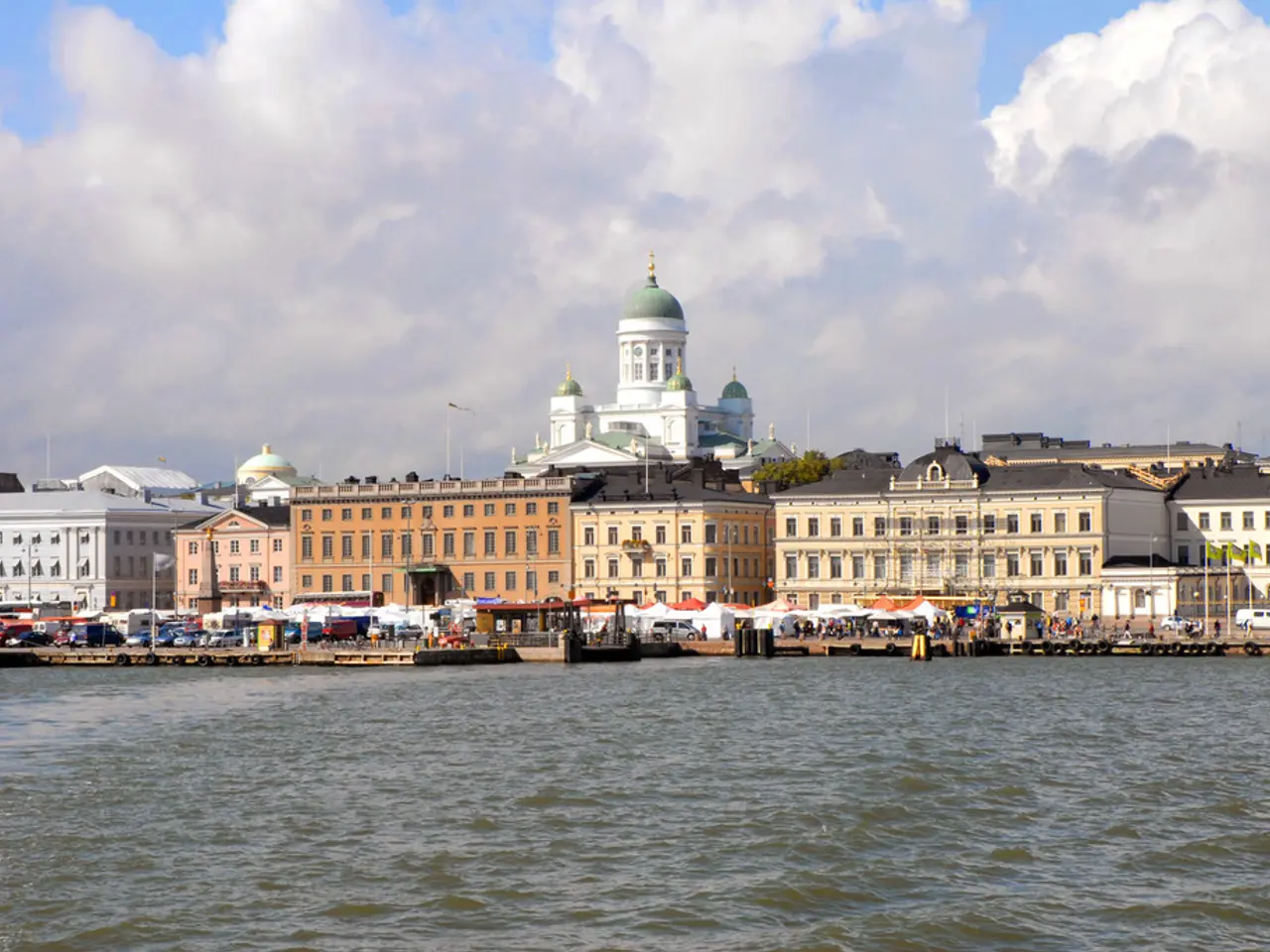Modern Kuwait Towers Shine as Emblem of Contemporary Architecture in the Arab World
Kuwait Towers Recognized as a Pioneering Modern Architectural Work on the Arab Heritage List
The iconic Kuwait Towers, a symbol of modernization and cultural resilience, have recently been included in the Arab Heritage List under the modern architecture category. This recognition was announced during the Observatory's ninth regional forum held in Beirut [1][2].
Designed by Swedish architect Sune Lindström, the towers are a testament to innovative modernist design in the Arab world. They stand out among predominantly ancient heritage sites on the Arab Heritage List, symbolizing Kuwait’s progress and vision during the country's rapid development phase post-oil discovery [2][4][5].
The towers were not just built as water storage facilities, but as a visionary solution for urban expansion and water demand in Kuwait City and its growing suburbs. Engineer Mahmoud Al-Rabiah stated that the Kuwait Towers were built to deliver water in a beautiful and creative way, adding a cultural and aesthetic dimension to the Arabian Gulf [3].
The Council's choice of the Kuwait Towers stemmed from their architectural distinction and symbolic value. They have become a landmark on Kuwait City's waterfront and a popular tourist attraction, encapsulating the country's identity by merging artistic elements with modernization. This dual legacy—as a utilitarian structure and as a beguiling national symbol—was key to their recognition as an Arab heritage site, emphasizing their role in national pride and regional architectural heritage [1][2][3].
The successful nomination of the Kuwait Towers was prepared in collaboration with Engineer Dalal Al-Nomas, with the support of Zahraa Ali Baba, Head of the Restoration and Preservation Department, and under the supervision of Dr. Muhammad Al-Jassar, Secretary-General of the National Council.
It is worth noting that Kuwait is home to numerous pre-modern heritage sites, reflecting the country's rich historical and architectural legacy. The inclusion of the Kuwait Towers in the Arab Heritage List signifies a shift towards recognizing and preserving modern architectural achievements that have shaped the region's contemporary landscape.
References: [1] Al-Rai, 2022. Kuwait Towers included in Arab Heritage List. [Online] Available at: https://www.alraimedia.com/ar/kuwait/news/2022/04/14/1982249.html [2] Gulf News, 2022. Kuwait Towers added to Arab Heritage List. [Online] Available at: https://gulfnews.com/world/gulf/kuwait/kuwait-towers-added-to-arab-heritage-list-1.1650382169203 [3] Kuwait Times, 2022. Kuwait Towers added to Arab Heritage List. [Online] Available at: https://www.kuwaittimes.net/article/2022/04/14/kuwait-towers-added-to-arab-heritage-list [4] Arab News, 2022. Kuwait Towers added to Arab Heritage List. [Online] Available at: https://www.arabnews.com/node/1930076/media [5] The National News, 2022. Kuwait Towers added to Arab Heritage List. [Online] Available at: https://www.thenationalnews.com/world/gulf/kuwait/2022/04/14/kuwait-towers-added-to-arab-heritage-list/
The recognition of the Kuwait Towers in the modern architecture category on the Arab Heritage List indicates a broadening focus towards home-and-garden designs that reflect contemporary building styles. The Kuwait Towers, with their unique blend of artistic elements and modernization, have become a lifestyle symbol for the Arab world, showcasing progressive infrastructure that enhances regional aesthetics.






